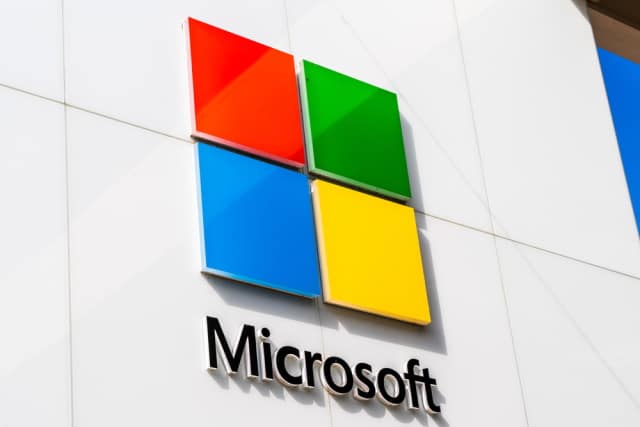Microsoft blocks the installation of Windows 10 version 2004 on laptops with LTE modems

Microsoft is blocking the installation of Windows 10 version 2004 on laptops with LTE modems. The company is investigating why the May 2020 Update is causing connectivity problems for some systems with such modems.
Microsoft has acknowledged that "certain WWAN LTE modems might not be able to connect after waking from sleep" and has implemented a block on the update to prevent more people from suffering connectivity issues. The company has also issued advice for anyone who has already installed Windows 10 version 2004.
See also:
- Microsoft pushes out KB4023057 yet again to force Windows 10 feature updates
- Microsoft releases Windows Terminal Preview 1.3 with advanced tab switcher, new commands and more
- Microsoft will support Windows 10 version 1803 until 2021 because of Coronavirus
The release status page for Windows 10 version 2004 has been updated to explain that Microsoft is currently investigating the LTE issues. The company says that a fix should be made available this month and strongly advises against using manual updating methods to bypass the compatibility hold that has been put on the rollout of the update.
In the list of known issues for Windows 10 May 2020 Update, Microsoft writes:
Certain WWAN LTE modems might not be able to connect after waking from sleep
After waking from sleep or hibernation, certain WWAN LTE modems might show no internet in the Network Connectivity Status Indicator (NCSI) in the notification area and might be unable to connect to the internet.
To safeguard your update experience, we have applied a compatibility hold on Windows 10 devices with affected WWAN LTE modems drivers installed from being offered Windows 10, version 2004 until the issue has been resolved. If your organization is using Update Compliance, the safeguard ID is 28428232.
There are, of course, some people with WWAN LTE modems that have already upgraded to Windows 10 version 2004 and are therefore experiencing problems. For anyone in this situation, Microsoft suggests the following workaround:
To mitigate this issue if you are already on Windows 10, version 2004, you can enable then disable Airplane mode. To do this, you can select the Start button, type airplane mode and select it. In the settings dialog, toggle Airplane mode on then off again. You should now be able to connect as expected.
Image credit: Sundry Photography / Shutterstock
